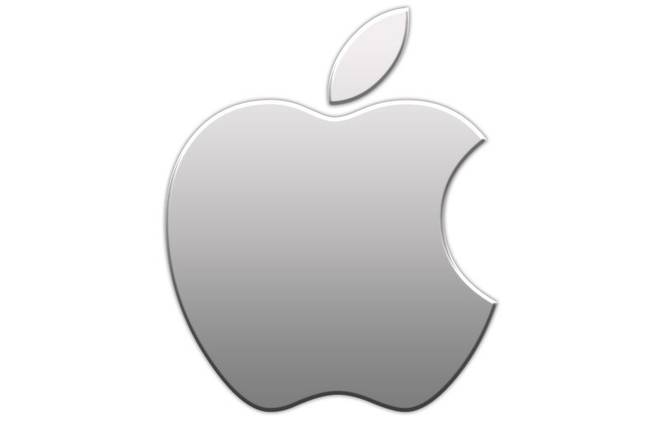
Last week, Apple, the developer of iPhone and iPad, became the first company to break the $1 trillion market capitalization barrier. I can imagine a lot of people out there thinking: “If God did it for Apple, He can also do it for me.” Obviously there is nothing wrong with wishful thinking, or hoping for the best for you and your family in various aspects of life. In fact, I do hope you’ll do this because of the power of believing – that is: “Believe and Succeed!” Of course, you will not lose sense of reality, which in this context means that the road to financial success – we are not talking of stealing government money here – and to excellence in general, is fraught with traps and pitfalls; which is precisely why most people don’t take it.
Let’s trace Apple’s steps. Absence of a tech bubble, most outfits that make it big don’t do so in a day. Samsung, of Galaxy Fame, has been around since March 1, 1938; Microsoft, April 4, 1975; and Apple, April 1, 1976. So Apple was founded 42 years ago – the journey to a trillion dollars started 42 years ago for Apple. The company started out quite modestly, with bends and turns along the way, but Einstein’s law of compounding seems to be working for Apple – not in the sense of investment interest growth, but metaphorically in terms of general product success. It was only in 2013 that the company overtook ExxonMobil as the world’s most capitalized company at $415 billion. Four years on, Apple’s worth has more than doubled.
Apple’s first product, a computer known as Apple I, was designed and hand-built by Apple co-founder Steve Wozniak in 1976 using money realized from the sale of Steve’s HP-65 calculator and his co-founder Steve Jobs’ Volkswagen van. The company was started in a garage. In 1977, Apple II was released, to supplant Apple I. In 1984, the original Macintosh – Mac Computer – was released for mass market. It was the first Personal Computer (PC) with the graphical user interface (GUI), which came way before the popular Windows 95 GUI by Microsoft. (With a GUI, you don’t need to be an expert to use the computer, as the rather cryptic command-line based instructions (codes) to the computer were replaced by mouse clicks on icons. This capability enabled ordinary people to use the computer, bringing us to where we are today in terms of the popularity of computers and smartphones in our daily lives.)
The iMac G3, which was released in 1998, made Apple a household name, and helped the company’s turnaround from the financial calamities it experienced during the second half of the 1990s. There were reportedly eight improved versions from the G3 in 1998 to G4 in 2002. The iMac products were discontinued in 2003, though not before the iPod was released in 2001. (The iPod is a portable electronic device for playing and storing digital audio and video files.) This Apple product was extremely popular among the youth – and even adults alike – and by 2004 it began to dominate the music player market, with versions such as iPod Mini and iPod Nano. From personal recollection, the demand for iPod was insatiable, and Apple never came down again.
The iPhone was launched in 2007 and the iPad in 2010. The rest, as they say, is history; where history is now interpretable in terms of a trillion dollars. The iPhone, though not the first smartphone, revolutionized smartphone design. Though the functionality of iPhone was standard relative to what was available in other competing smartphones, the gadget was unbeatable in “coolness” factor. The way you turn on the phone, launch programs, and shut down the phone was nothing less than magical.
Apple’s “historic capitalization,” characterized by a sudden and huge spike in revenue and profits, was reported in this column on 16 February 2015, when the company reached a market cap of $710 billion. At the time, this figure was twice that of Google, more than twice that of Microsoft, 2.5 times that of Wal-Mart (the American superstore), four times Bank of America, eight times McDonalds, twelve times General Motors, and 24 times Twitter.
The historic spike in Apple’s numbers is attributable to iPhone 6S sales, which at the time accounted for almost 70% of the revenue! The love of the emerging Chinese middle class for 6S was a big part of the magic. China was on fire at the time, by which I mean the explosive growth in the middle class sector – people who loved and were able to afford iPhone 6S. The emerging markets love those large screens; so when Apple came out with iPhone 6S, its sale went off the roof. True, Steve Jobs hated large screen smartphones, but Tim Cook, the CEO that took over after Jobs died, doesn’t mind them. So he copied Samsung and produced them, receiving in return, the phenomenal revenue and profit figures, and the historic capitalization to boot.
That’s Apple’s road to $1tn in a nutshell. However, where Apple is going doesn’t seem to be as clear as where it’s been. With demand saturation in iPhone, some magic better be around the corner!




